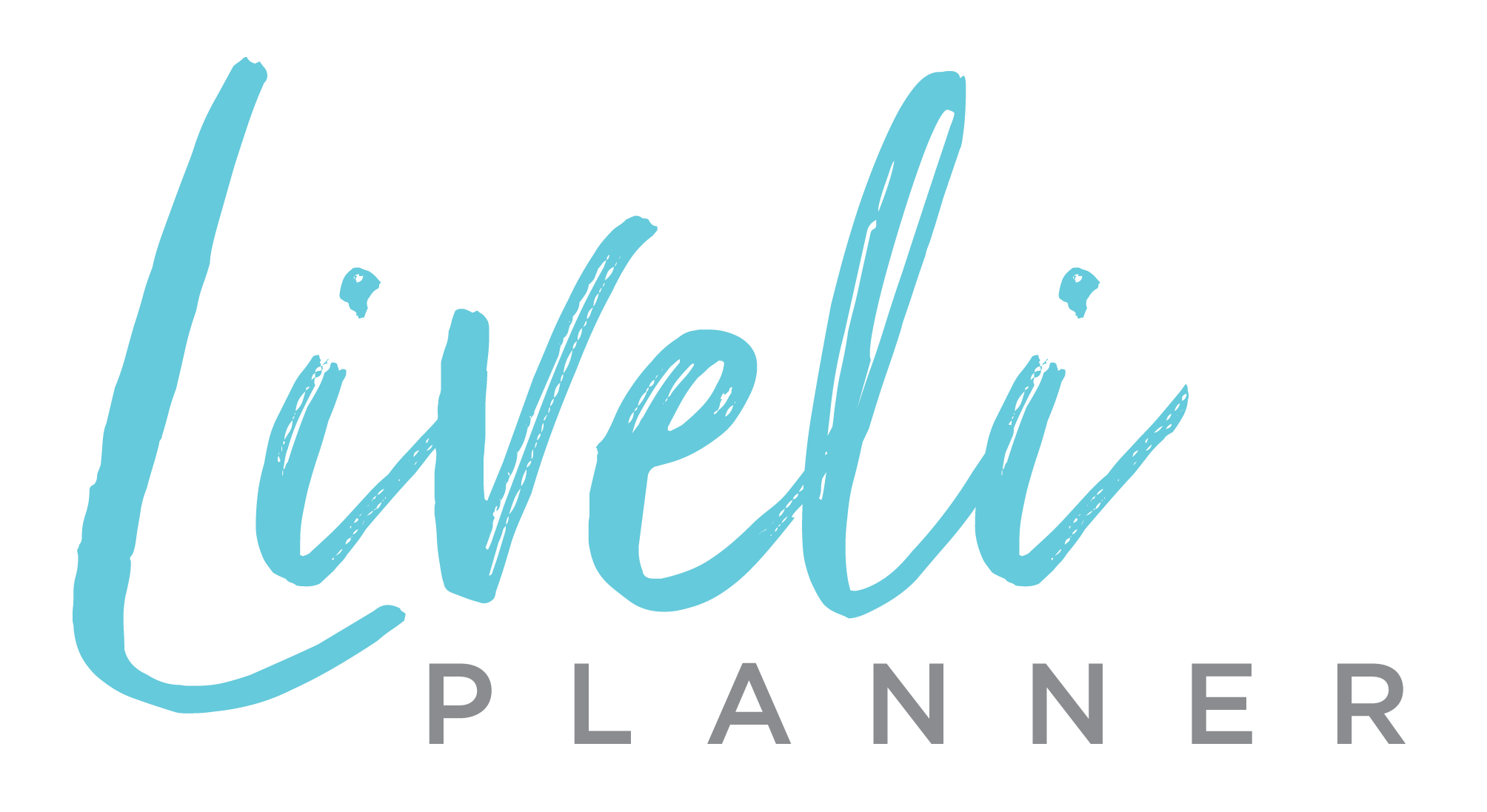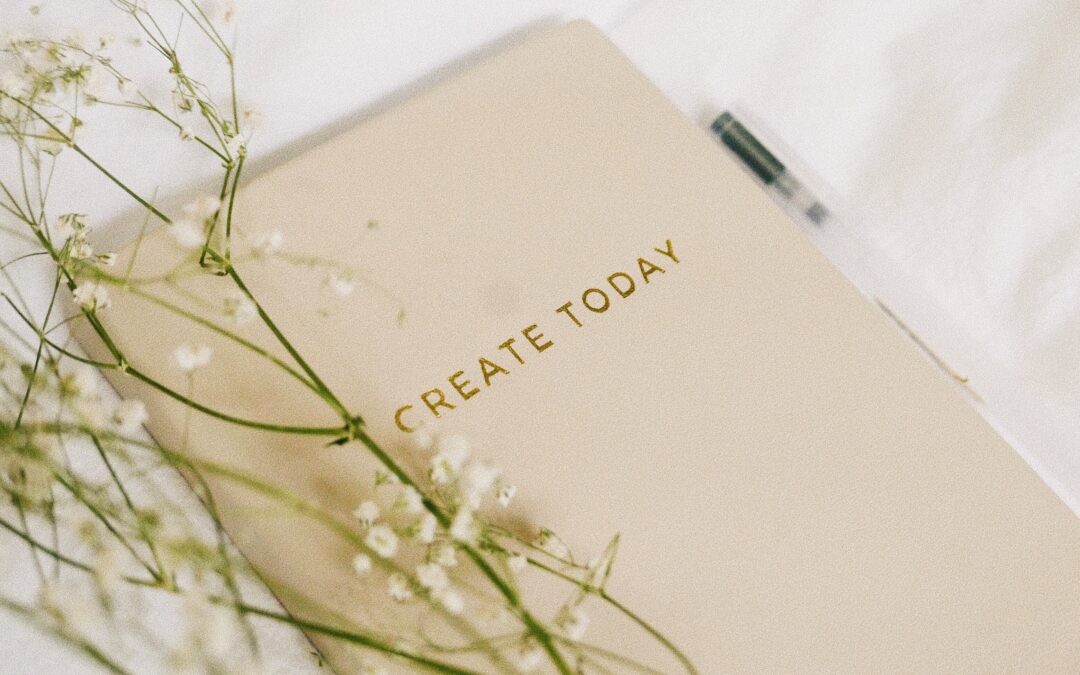Some people act like “routine” is a dirty word, as if you are so basic if you live a “routine” life or you are somehow failing if you get “stuck” in your routine. “Routine” has been blamed for institutionalizing the drudgery of adulthood and is therefore the kryptonite to wanderlust, spontaneity, and fun. But for those of us who make a living out of multitasking between work, family, friends, and just plain surviving, a solid routine can be a life-saver. Sure, every now and then it’s nice to change things up just for some excitement, but I take comfort in my routine because it minimizes my stress, keeps me from spinning my wheels, and frees up my brain to work on other things that matter to me.
Routine can bring order to chaos and protect your time from distractions. A well-designed routine is one of the best ways to maintain balance in your life, streamline your tasks, and prioritize. I consider myself a routine evangelist so here are a few tips I have learned over the years as I have tailored my routine to fit just right.
Lean into what comes naturally.
Own who you are and build your routine around that. If you’re not a morning person, a routine that requires a 4:00 am wakeup time is going to fail you. If you know your afternoon slump hits around 2:00 pm, don’t plan on doing complicated tasks at that time. Making a routine that works for you means that you should embrace what you do well and what you don’t. A routine can help you adapt to new habits, but the most effective routines are the most realistic ones.
Don’t try too many new habits at once.
If you’re new to introducing a formal routine to your life, don’t use this opportunity to try five new habits all at once. If you are designing a routine to help you change bad habits, start small. Prioritize which new habits are most important to you and introduce them one at a time. If you want to try waking up earlier to exercise, maybe just try waking up earlier each day first. Once that comes naturally to you, integrate your exercise routine. A routine won’t work if most of the habits it relies on are unfamiliar to you.
Group like activities together.
To save time and energy, group similar activities together at the same time of day or during the same day of the week. For example, I run all of my errands on Tuesday. I have a standing afternoon appointment on Tuesdays so since I know I
am already going to be out of the house, I run my errands all at once, or I try to. I menu plan, clean out my fridge, and make my grocery list on Thursday nights so I can grocery shop on Friday. Take an inventory of all of your weekly responsibilities, activities, and tasks and group them into time blocks that will make them easier (and faster) to do.
Minimize your decisions.
A good routine should minimize your last-minute decision-making. You’ve probably heard how President Obama and Steve Jobs wore the same outfit everyday because it was one less decision they had to make in a day. While we probably all prefer a little more variety in our wardrobe, the logic is sound and should apply to your weekly routine. You could have themed dinner menus for each night of the week, you could pick out and prep all of your outfits for the week on Sunday nights, or you could prepack your breakfasts and/or lunches each evening to avoid having to make decisions while you are scrambling in the morning. Try to design your routine so you have to make as few on-the-spot decisions during
the week as possible and you will save a lot of time and stress.
Our lives change – so should our routines.
Counter to the commonly accepted definition of the word “routine,” your routine should not be unchanging. Our lives change and with each new change, we should recalibrate our routines. I’m not suggesting that you should rip it up and
start over every time something in your life changes (that’s counter to the beauty of a good routine) but you should adjust as needed to lean into what is working well for you, what’s important to you, and what will give you the most
balance.
Make your routine visible.
The most important thing you can do to make your routine stick is to make it visible. If you don’t see your planned routine for each day, you are more likely to be waylaid by the 1,000+ distractions you encounter in a day. Put your routine on your wall, on your desk, in your planner. I block out time in my calendar app based on my routine so I can follow it each day and see where I may be making commitments that will throw off my routine. No matter how solid my routine is, every week is a little different and I have to adapt and adjust as needed. But seeing my aspirational routine every time I look at my schedule helps me make decisions about when I will allow my time to be co-opted and when I won’t.
I can’t emphasize enough that designing a routine using the tips above will make your life easier. And who doesn’t need an easier life? What about our other routine evangelists out there? What works for you? What are your secrets to a setting a routine that sticks?
This post is brought to you by Liveli Planner, a digital day planner designed to help you do everything you need to do in a day in one place.


What a great read!